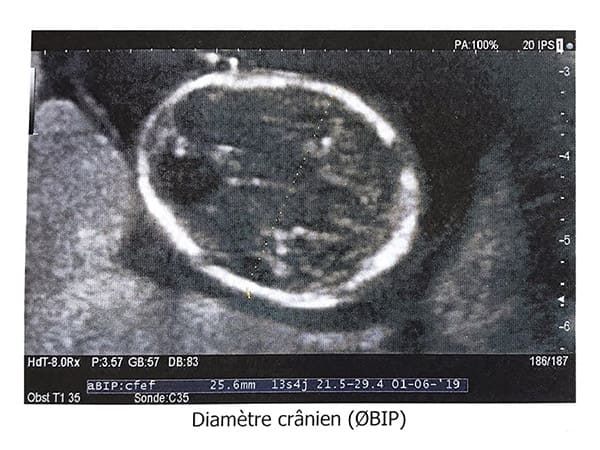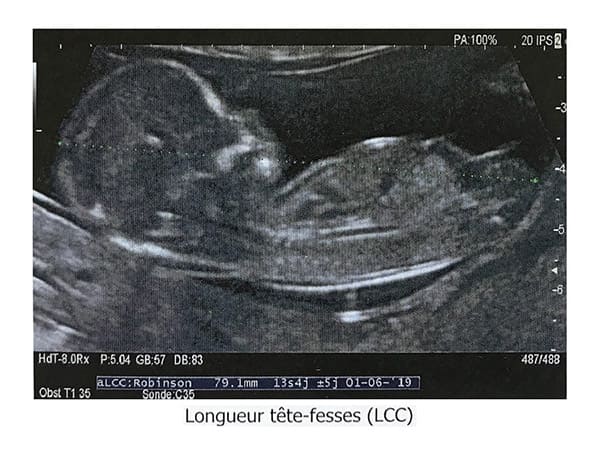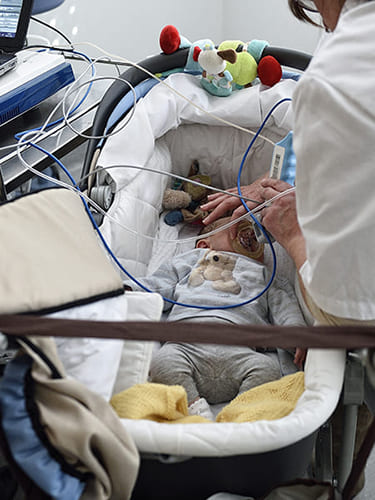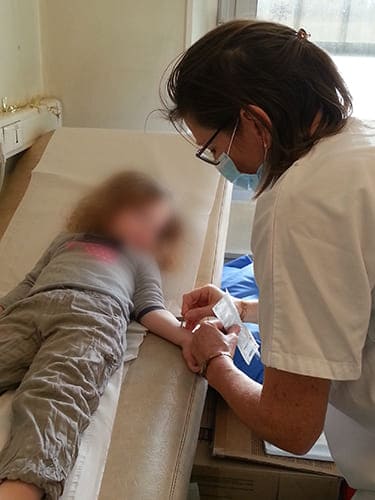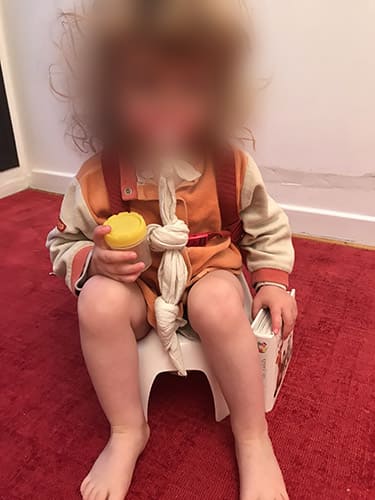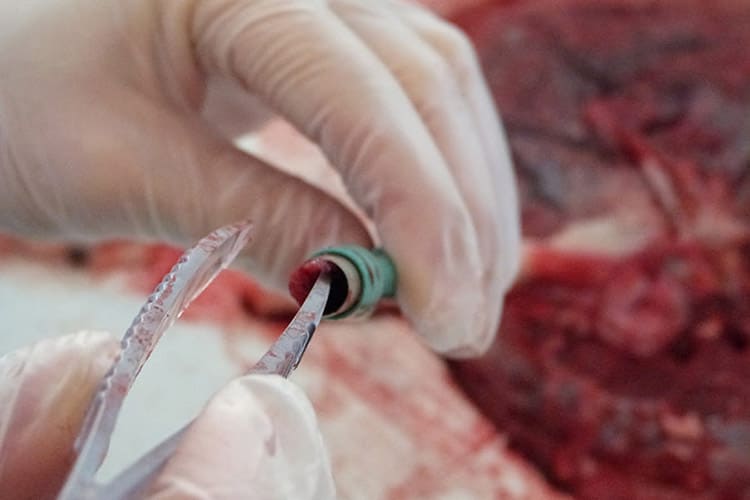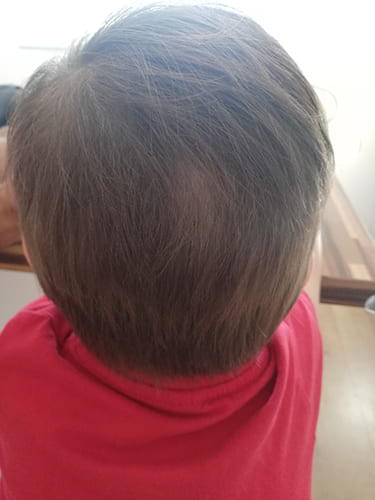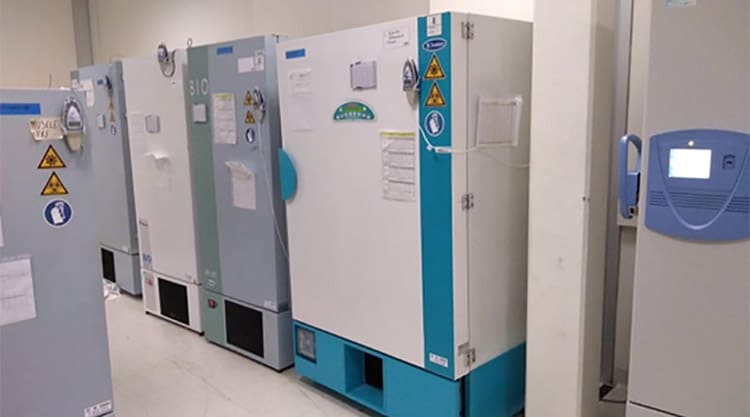Urban Exposome
To measure the exposure to various air pollutants, the SEPAGES cohort used several tools:
- MicroPEM sensors to measure exposure to PM2.5
- Passive Passam sensors to measure exposure to NO2 and volatile organic compounds (benzene, toluene, ethylbenzene, and xylenes)
- MicroAeth sensor, carried by a subset of participants to measure aerosol black carbon exposure
- The ExpoApp app (developed by Atekena Solution) installed on mobile phones to record all geolocation data, which were then compared with air pollution maps produced by the association Air Rhône-Alpes (an association located in the Grenoble metropolitan area) that works on air quality and models pollution levels in the Rhône-Alpes region. Geolocation allows us to estimate exposure to other environmental factors, such as weather conditions and access to green spaces.
- Actisleep, which provided information on physical activity and sleep
These miniaturized devices were worn continuously for one-week periods and allowed data to be collected on personal exposure to air pollution by measuring the exposure to both outdoor and indoor air.

